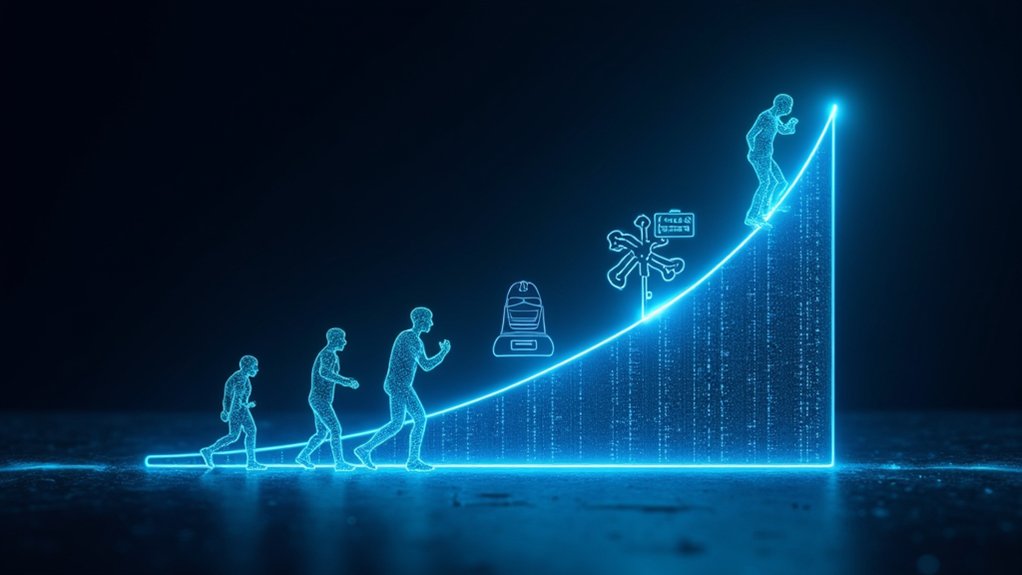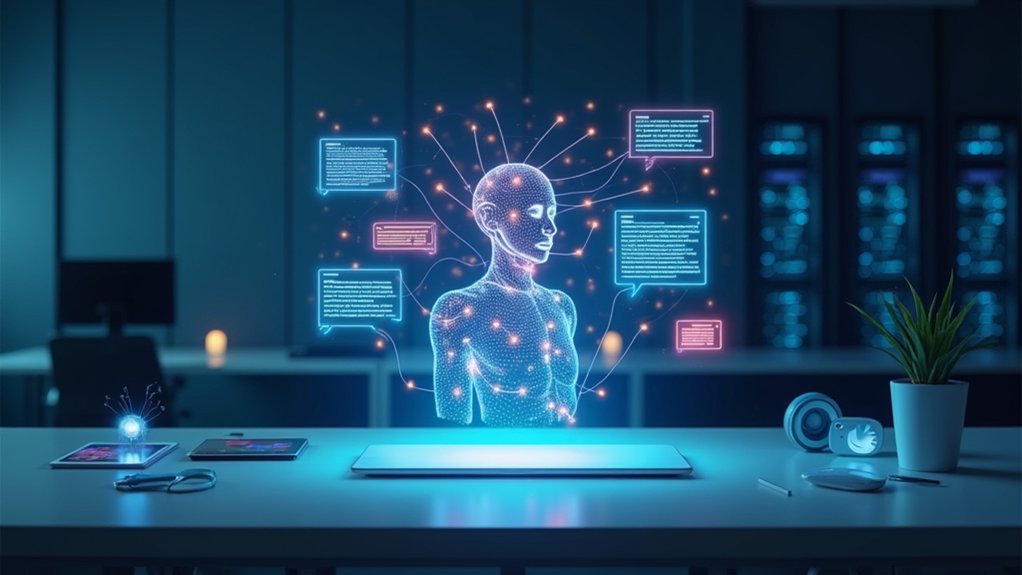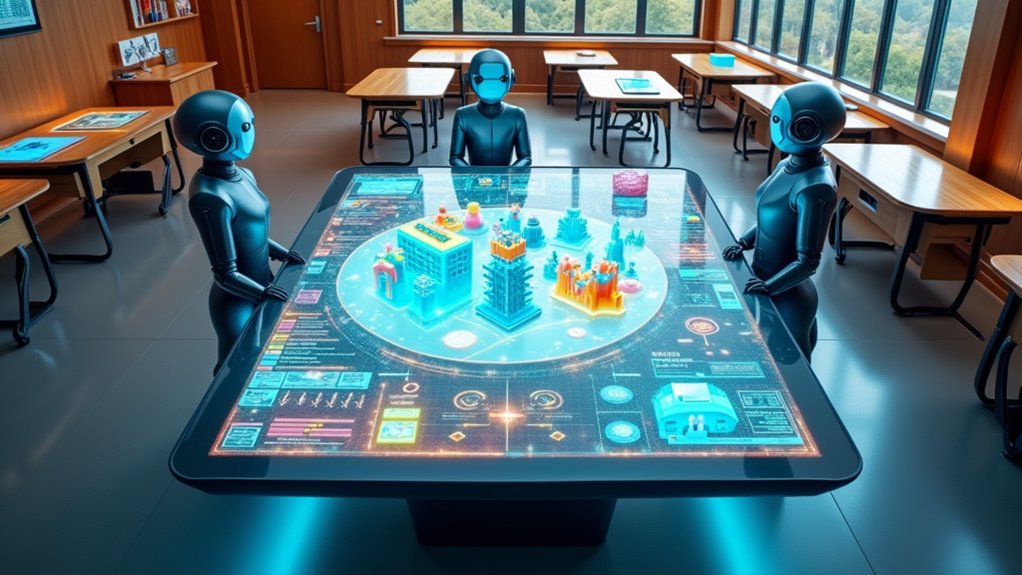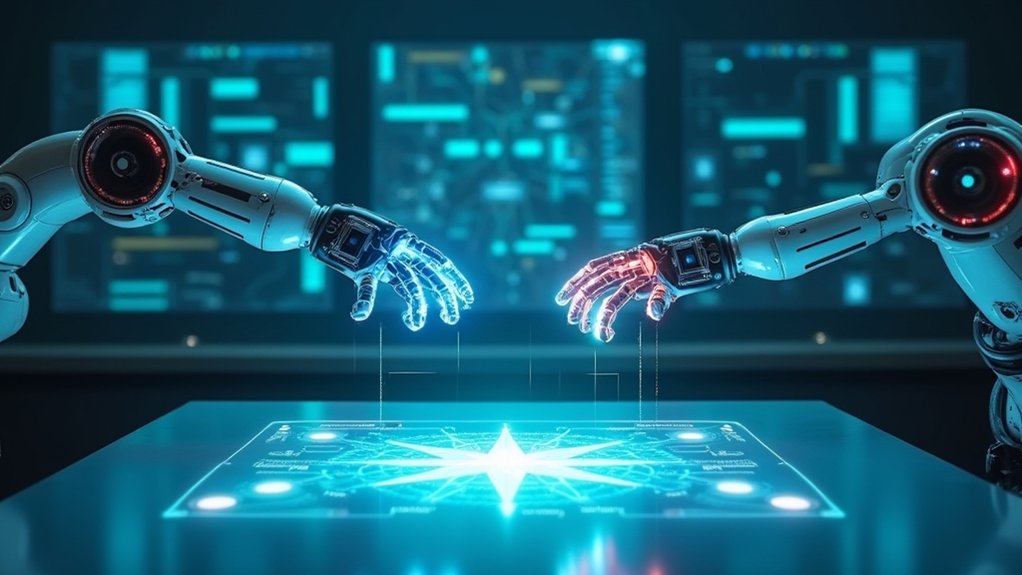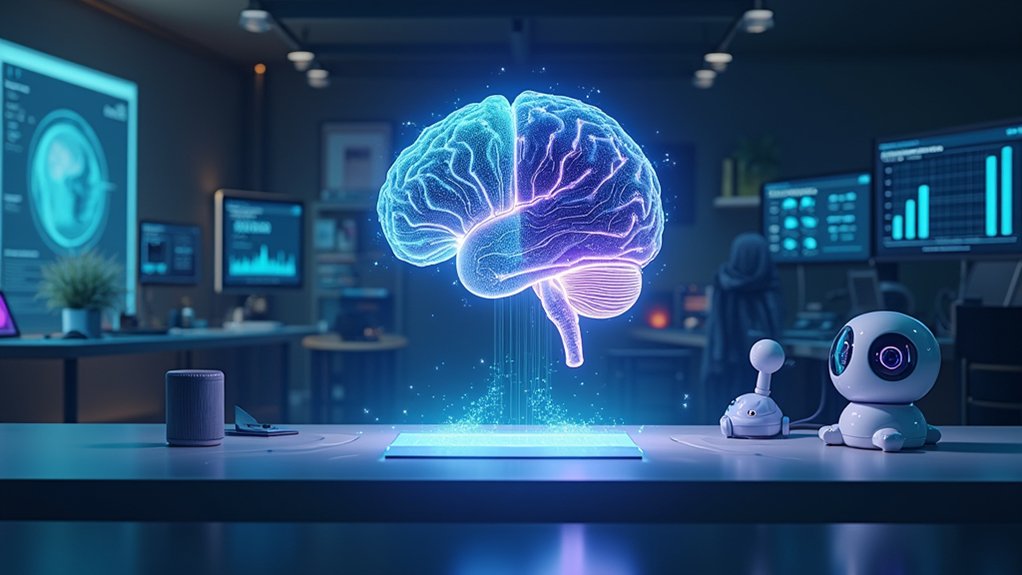Artificial intelligence has gained popularity in several waves since the 1950s. The field saw renewed interest in the 1980s with expert systems, followed by internet-fueled growth in the 1990s. Deep learning breakthroughs around 2012 greatly accelerated AI's rise. Consumer AI assistants like Siri (2011) and Alexa (2014) brought the technology into daily life. However, AI truly exploded in mainstream culture from 2021 onward with generative tools like DALL-E and ChatGPT. The technology's journey continues to evolve rapidly.

While artificial intelligence has existed as a concept since the 1950s, its journey to mainstream popularity has followed a winding path. The field experienced significant ups and downs, with a notable decline in the 1970s when early promises fell short. This "AI winter" eventually gave way to renewed interest in the 1980s through expert systems that solved specific problems.
The 1990s internet boom provided essential ingredients for AI's growth: vast amounts of data and increased computing power. This period saw a big data explosion, transforming AI methodologies from traditional programming to data-driven approaches. Machine learning techniques improved, and AI applications began appearing across different industries. However, AI remained mostly in the background of everyday life.
A major turning point occurred between 2010 and 2012, when deep learning breakthroughs transformed the field. The ImageNet competition spurred advances in image recognition as deep neural networks outperformed traditional methods. Google's Brain project showed the power of unsupervised learning, while GPU computing enabled training of larger models. Google further advanced this field by launching their Deep Dream application in 2015, allowing users to visualize and train images using neural networks.
AI began entering the consumer mainstream between 2011 and 2014. Apple's Siri (2011), Google Now (2012), Microsoft's Cortana (2014), and Amazon's Alexa (2014) brought AI assistants into millions of homes. For the first time, people interacted with AI daily.
The age of AI assistants had arrived, bringing artificial intelligence out of labs and directly into our everyday conversations.
In 2016, DeepMind's AlphaGo defeated the world champion Go player, demonstrating AI's mastery of complex strategic thinking. This milestone captured global media attention and accelerated both research and investment in AI.
Between 2015 and 2019, businesses widely adopted AI for practical applications. Financial services used it for fraud detection, manufacturers for predictive maintenance, and e-commerce platforms for recommendations. Healthcare and autonomous vehicle development also embraced AI technologies. In recent years, executive commitment to AI intensified with 92% of executives planning to increase their AI investments over the next three years.
Natural language processing took a huge leap forward between 2018 and 2020. Models like BERT, GPT-2, and GPT-3 showed increasingly human-like text capabilities.
The true explosion in popularity came from 2021 onward, when generative AI tools like DALL-E, Stable Diffusion, ChatGPT, and Midjourney captured the public imagination and gained millions of users, firmly establishing AI in popular culture.
Frequently Asked Questions
How Is AI Influencing Job Markets Globally?
AI is reshaping global job markets in significant ways. It's expected to replace 300 million full-time jobs by 2030, with 42% of manual labor at risk by 2027.
However, AI's creating opportunities too, with 97 million new AI-related jobs anticipated by 2025. Workers need to adapt, as 120 million may require retraining.
Economically, AI could boost global GDP by $15.7 trillion by 2030.
What Ethical Concerns Surround Modern AI Development?
Modern AI development faces several ethical concerns.
Privacy issues arise as AI systems collect vast amounts of personal data.
Algorithmic bias can lead to unfair outcomes in areas like hiring and lending.
The "black box" nature of AI makes accountability difficult when systems make harmful decisions.
There's also worry about job displacement, potential misuse in weapons, and long-term risks of AI becoming smarter than humans.
Can AI Develop Human-Like Consciousness?
Scientists don't agree on whether AI can develop human-like consciousness. Current AI systems, including large language models, don't show true consciousness. They can mimic human responses but lack subjective experiences.
Major challenges include defining consciousness itself and replicating it artificially. While some theories suggest paths forward, experts note we don't fully understand human consciousness yet.
Future advances in neuromorphic and quantum computing might lead to breakthroughs.
Which Countries Are Leading in AI Research?
The United States leads global AI research, home to tech giants like Google and top universities.
China follows as the second largest contributor with strong government backing.
The United Kingdom ranks third in research output with emphasis on AI ethics.
Canada stands out for pioneering deep learning research and hosting prominent AI scientists like Yoshua Bengio and Geoffrey Hinton.
How Is AI Regulated Across Different Nations?
AI regulation varies widely across nations.
The EU leads with its extensive AI Act, implementing strict rules and heavy fines.
The US takes a decentralized approach with no federal law but many state-level regulations.
China balances innovation with strict oversight.
The UK prefers a flexible framework.
International cooperation is growing through initiatives like the G7's OECD principles and UNESCO's governance framework.
Most regulations focus on high-risk AI systems.
